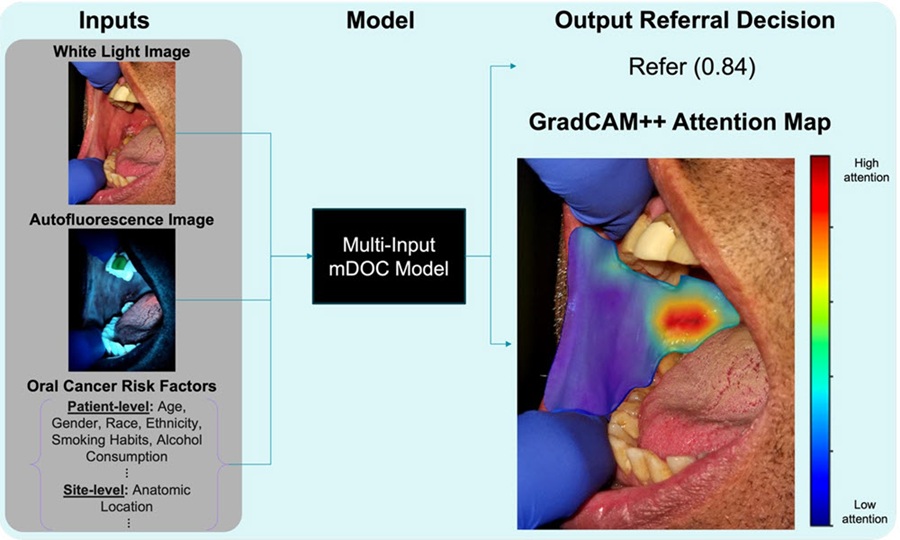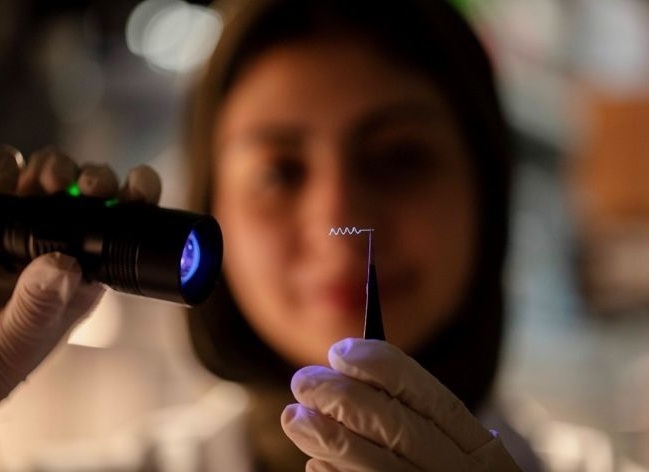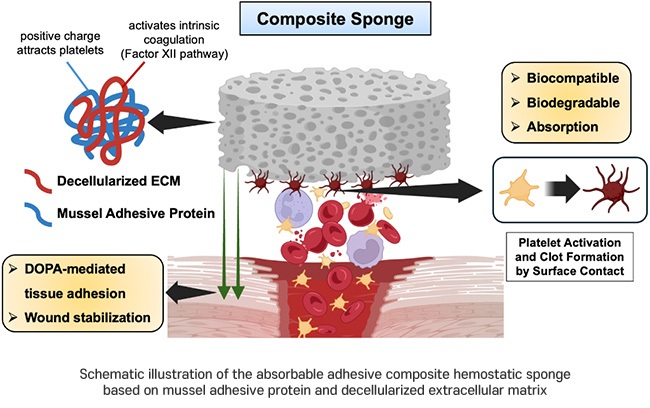Global POC Molecular Diagnostic Market Driven By Growing Demand for Near-Patient Testing
|
By HospiMedica International staff writers Posted on 25 Apr 2023 |
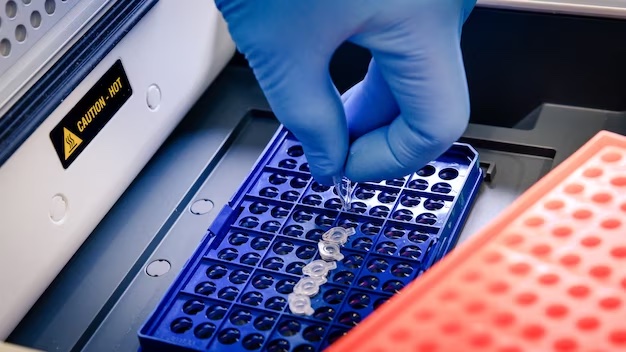
Molecular diagnostics have long been used by medical professionals in laboratories and healthcare settings. However, the high cost, time-consuming nature, and delayed results of these diagnostics have prompted the exploration of alternative methods. As a result, the market for point-of-care (POC) molecular diagnostics has gained prominence. POC molecular testing allows for quick and early diagnosis of illnesses in non-laboratory settings, typically near the patient. The increasing prevalence of infectious diseases and cancer, as well as the advantages and benefits of POC molecular diagnostics, are driving demand. Consequently, the global POC molecular diagnostics market is expected to grow at a CAGR of 8.5% between 2023 and 2031.
These are the latest findings of Research and Markets (Dublin, Ireland), a leading source for market research reports.
POC molecular diagnostics have gained significant traction in hospitals and research institutes due to their ability to reduce turnaround time and provide reliable results quickly. The market's growth is driven by the increasing adoption of POC molecular diagnostic solutions for early detection of various diseases, including respiratory diseases, cancer, sexually transmitted diseases, and gastrointestinal disorders. Additionally, recent advances in microfluidics and genetic sequencing, as well as the development of low-cost and fast POC molecular diagnostic platforms, will boost sales and market growth. The rising incidence of infectious diseases and cancer in both developed and emerging regions will also positively impact the market.
In terms of application, the infectious diseases segment accounted for the largest revenue share of the POC molecular diagnostics market in 2022, due to its ability to facilitate appropriate antibiotic therapy, faster disease management, better distribution of healthcare laboratory resources, and reductions in mortality and healthcare expenses. Based on technology, the PCR-based testing segment held the largest revenue share in 2022, driven by the commercialization of point-of-care diagnostics that provide accurate, rapid real-time PCR analysis for infectious diseases like H1N1 and influenza. Due to industry advancements, NGS-based molecular testing near patients is expected to experience significant growth during the forecast period, driven by innovative platform modifications that enable genetic sequencing and DNA data processing at the POC with high precision and rapid diagnosis. Rapid DNA analysis is also expected to see considerable growth in the coming years, thanks to ongoing innovation and R&D efforts by market leaders.
Regarding test site, Over-the-Counter (OTC) tests offer greater flexibility and portability than Proof-of-Concept (PoC) tests for use in homes and assisted care facilities. As most OTC users are untrained professionals and many of these testing instruments are CLIA-exempt, their use outside of laboratories is encouraged. Consequently, OTC tests are expected to generate higher revenue during the forecast period due to their usability, accessibility, and higher adoption rate. In terms of end-user, the decentralized laboratories segment accounted for the largest revenue share of the POC molecular diagnostics market in 2022, driven by the ability of these tests to provide fast and accurate molecular analysis with a significantly smaller physical footprint than central laboratory-based counterparts.
Emerging economies like India, South Korea, Brazil, and Mexico offer significant growth potential for the POC molecular diagnostics market due to low regulatory barriers, advancements in healthcare infrastructure, growing patient populations, increased prevalence of infectious diseases, and rising healthcare expenditures. Additionally, the regulatory policies in several of these countries are more flexible and business-friendly than those in developed nations. The POC molecular diagnostics market in Asia Pacific is expected to experience the highest growth rate during the forecast period, due to the lack of advanced central laboratory testing services, a larger population requiring clinical testing, and the potential for cost-effective implementation of PoC molecular assays. Meanwhile, the increasing need for rapid diagnosis and the introduction of innovative molecular diagnostic techniques for DNA analysis have positioned Europe as a significant market for POC molecular diagnostics.
Latest Business News
- Philips and Masimo Partner to Advance Patient Monitoring Measurement Technologies
- B. Braun Acquires Digital Microsurgery Company True Digital Surgery
- CMEF 2025 to Promote Holistic and High-Quality Development of Medical and Health Industry
- Bayer and Broad Institute Extend Research Collaboration to Develop New Cardiovascular Therapies
- Medtronic Partners with Corsano to Expand Acute Care & Monitoring Portfolio in Europe
- Expanded Collaboration to Transform OR Technology Through AI and Automation
- Becton Dickinson to Spin Out Biosciences and Diagnostic Solutions Business
- Boston Scientific Acquires Medical Device Company SoniVie
- 2026 World Hospital Congress to be Held in Seoul
- Teleflex to Acquire BIOTRONIK’s Vascular Intervention Business
- Philips and Mass General Brigham Collaborate on Improving Patient Care with Live AI-Powered Insights
- Arab Health 2025 Celebrates Landmark 50th Edition
- Boston Scientific Acquires Medical Device Company Intera Oncology
- MEDICA 2024 to Highlight Hot Topics of MedTech Industry
- Start-Ups To Once Again Play Starring Role at MEDICA 2024
- Boston Scientific to Acquire AFib Ablation Company Cortex
Channels
Critical Care
view channel
AI Heart Attack Risk Assessment Tool Outperforms Existing Methods
For decades, doctors have relied on standardized scoring systems to assess patients with the most common type of heart attack—non-ST-elevation acute coronary syndrome (NSTE-ACS). The GRACE score, used... Read more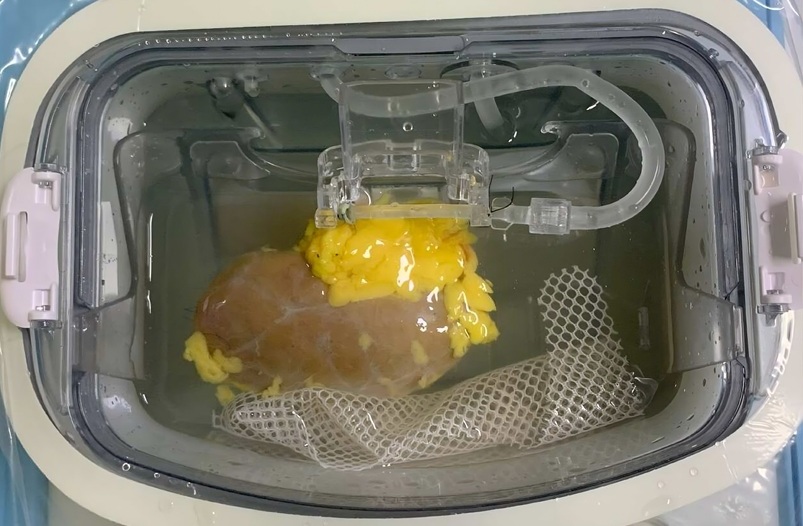
'Universal' Kidney to Match Any Blood Type
Blood-type incompatibility has long been one of the greatest obstacles in organ transplantation, forcing thousands of patients—particularly those with type O blood—to wait years longer for compatible donors.... Read moreSurgical Techniques
view channel
Minimally Invasive Endoscopic Surgery Improves Severe Stroke Outcomes
Intracerebral hemorrhage, a type of stroke caused by bleeding deep within the brain, remains one of the most challenging neurological emergencies to treat. Accounting for about 15% of all strokes, it carries... Read more
Novel Glue Prevents Complications After Breast Cancer Surgery
Seroma and prolonged lymphorrhea are among the most common complications following axillary lymphadenectomy in breast cancer patients. These postoperative issues can delay recovery and postpone the start... Read morePatient Care
view channel
Revolutionary Automatic IV-Line Flushing Device to Enhance Infusion Care
More than 80% of in-hospital patients receive intravenous (IV) therapy. Every dose of IV medicine delivered in a small volume (<250 mL) infusion bag should be followed by subsequent flushing to ensure... Read more
VR Training Tool Combats Contamination of Portable Medical Equipment
Healthcare-associated infections (HAIs) impact one in every 31 patients, cause nearly 100,000 deaths each year, and cost USD 28.4 billion in direct medical expenses. Notably, up to 75% of these infections... Read more
Portable Biosensor Platform to Reduce Hospital-Acquired Infections
Approximately 4 million patients in the European Union acquire healthcare-associated infections (HAIs) or nosocomial infections each year, with around 37,000 deaths directly resulting from these infections,... Read moreFirst-Of-Its-Kind Portable Germicidal Light Technology Disinfects High-Touch Clinical Surfaces in Seconds
Reducing healthcare-acquired infections (HAIs) remains a pressing issue within global healthcare systems. In the United States alone, 1.7 million patients contract HAIs annually, leading to approximately... Read moreHealth IT
view channel











